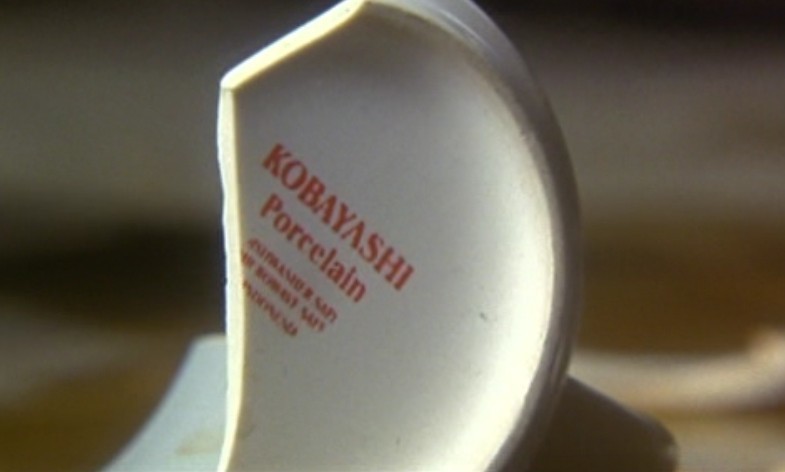
The Usual Suspects, Bloom's Taxonomy, Sleight of Hand, and Impactful Training
Spoilers! If you haven't ever seen the 1995 drama, The Usual Suspects, then save this article, go watch the movie and come back when you're done. OK, now that your back, let's talk about what these three things all have in common.
One of the things I noticed is that often trainers feel the need to fully explain an entire learning objective and concept to a learner before jumping into a discussion. In my experience, the learning can be much more impactful if you allow the learner to discover the concept on their own as a result of an activity or a story.
In The Usual Suspects, we don't open the movie with an introduction of Kevin Spacey as Keyser Soze. It takes the whole movie to pull that twist out of the plot and to this day, I still recall the feelings I had the first time I saw the movie and I realized everything that Detective Kujan had pulled out of Verbal had been a lie. And I still remember all those details. The barbershop quartet story from Skokie, Ill. had come from the bulletin board manufacturer. The name Redfoot had been lifted from a flyer. As was the Guatemalan bean picking reference. Kobayashi on the bottom of the coffee cup. These elements stick out vividly to me. They resonate more vividly than much of the rest of the movie because of the way they were revealed. Director, Brian Singer did a great job of allowing the movie-goer to discover the truth along with Kujan. And as a result, this final scene of the movie has taken it's place in movie lore as one of the best scenes of all time.
Trainers should reveal key concepts to learners in much the same way that Singer revealed the elements in the scene. When a learner brain is caught of guard, the neurons that fire as they process the new knowledge are firing stronger than they would be otherwise. This is in contrast to what the traditional approach to training recommends. People often follow Bloom's Taxonomy and ascend through the taxonomy by establishing knowledge and comprehension before moving the learner through the applying, analysis, creation, and evaluation levels. But you can start with a story or activity and through an effective debrief and some verbal sleight of hand get your learners to process the lesson. One of the challenges I often see in training, is never getting past the first two levels of Bloom's Taxonomy. By starting with the higher levels of Bloom's, we ensure the deeper learning will take place and in the debrief, we can go back and fill in knowledge and comprehension gaps as needed.
Magicians use sleight of hand and misdirection to impact your perception during a trick. In a similar way, trainers can misdirect with a story or activity. When the connection to a learning concept is revealed, the concept sticks. Unfortunately, if we lead up to the activity by going through all of the other levels of Bloom's Taxonomy in order, we run the risk of losing the impact. I have seen trainers struggle jumping into a story or an activity without setting it up with context to a learning concept. You wouldn't expect a magician to reveal "Now as you select a card, I am going to palm this with my hand as I slide the deck back together for you to shuffle." Likewise, you shouldn't expect the trainer to reveal, "I am going to tell you a story about a CEO and his desk that will connect to your new role." Just tell the story and allow the learning to take place as you debrief it.
Chief Learning Architect at HTSA (Home Technology Specialists of America)
6yMaybe we should write a book.